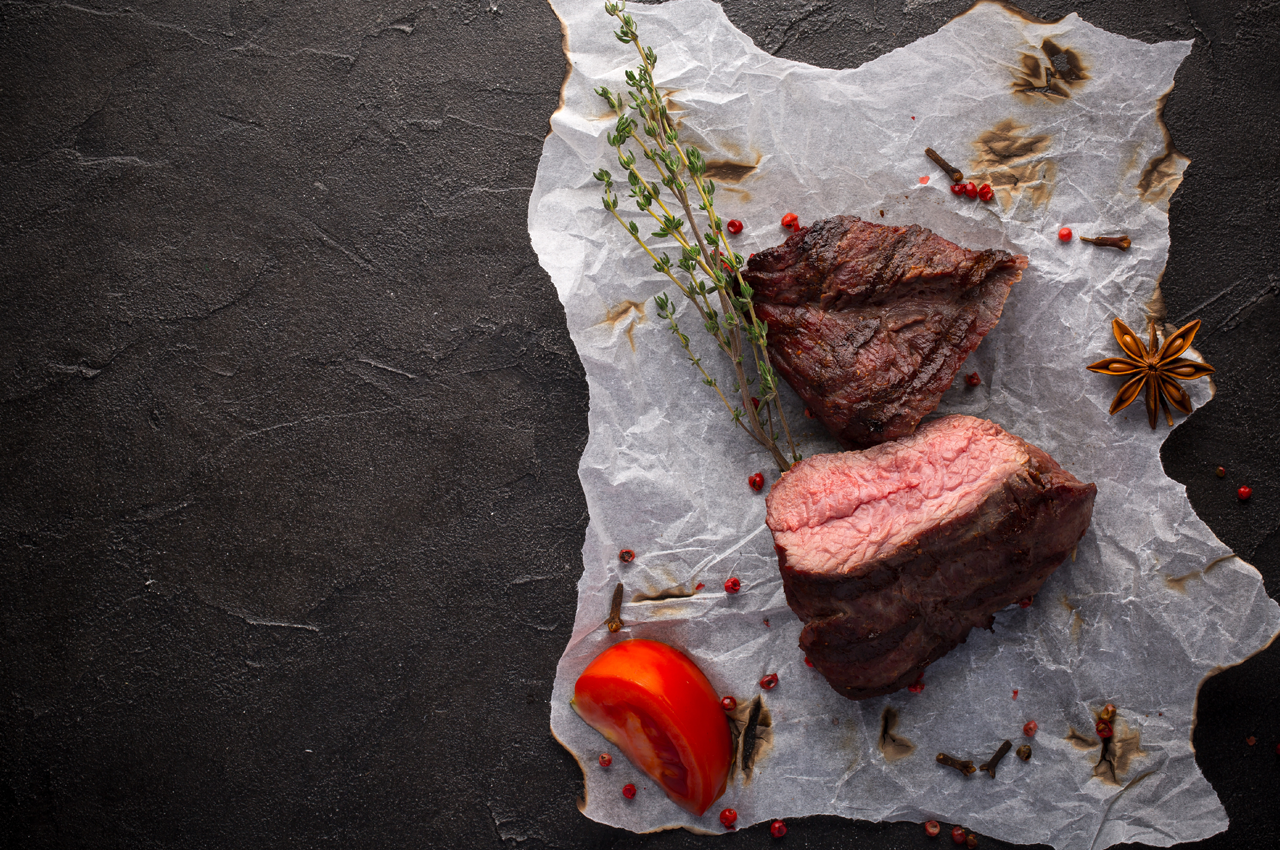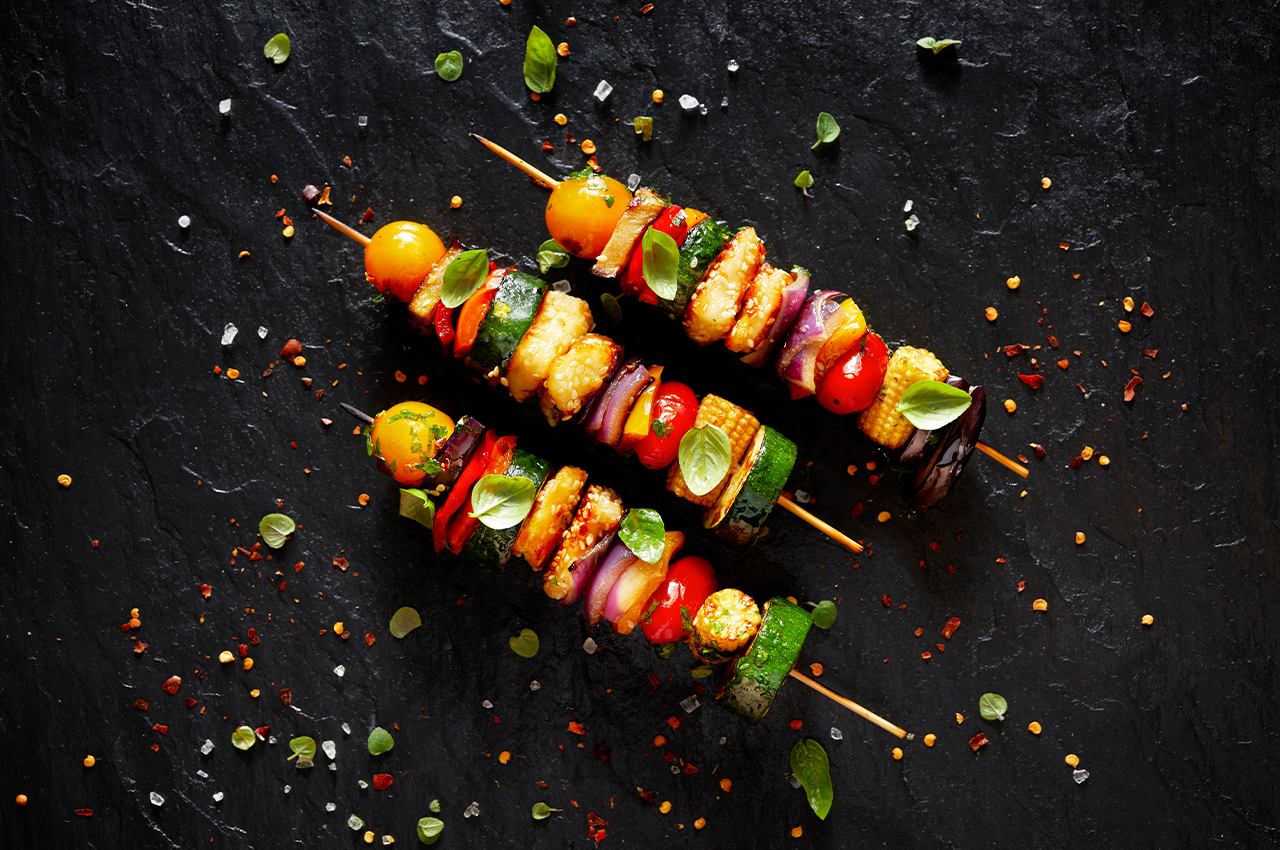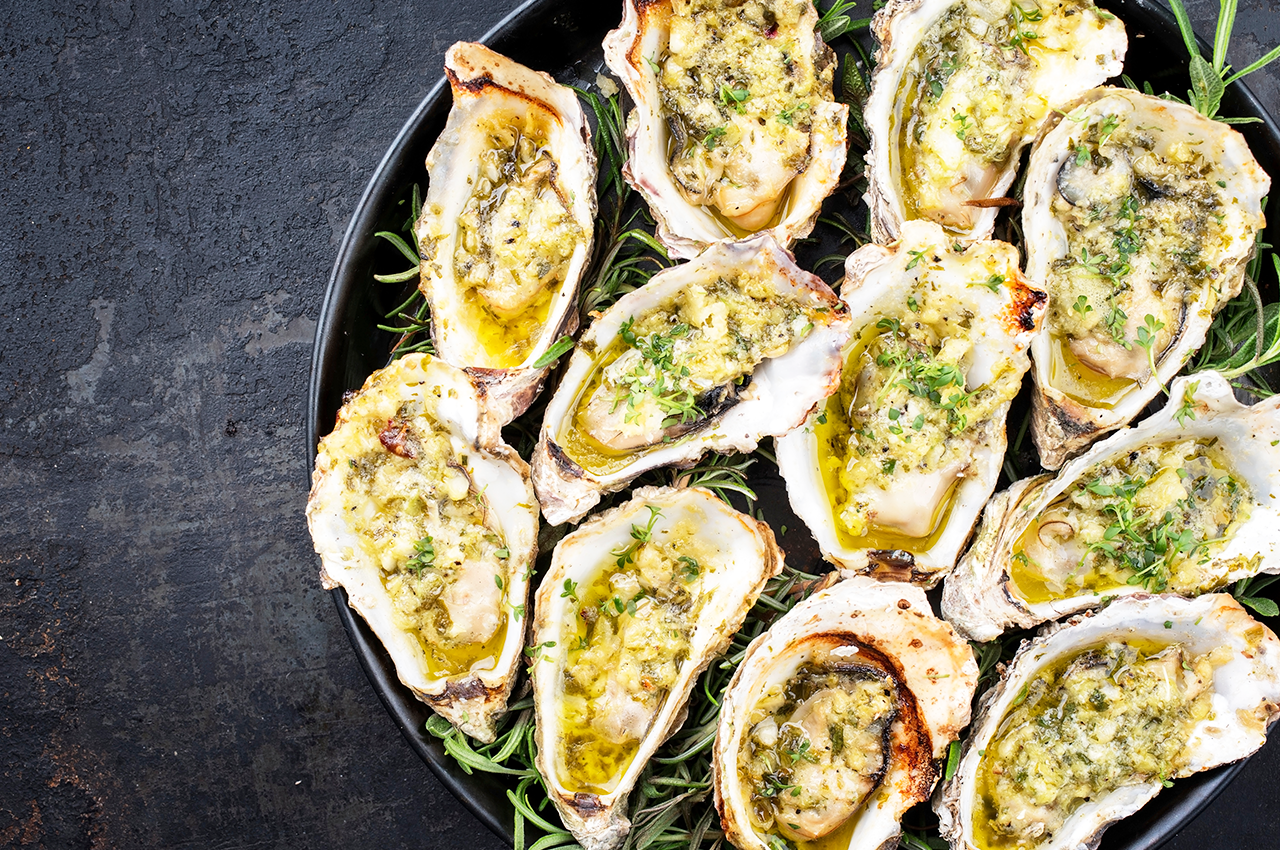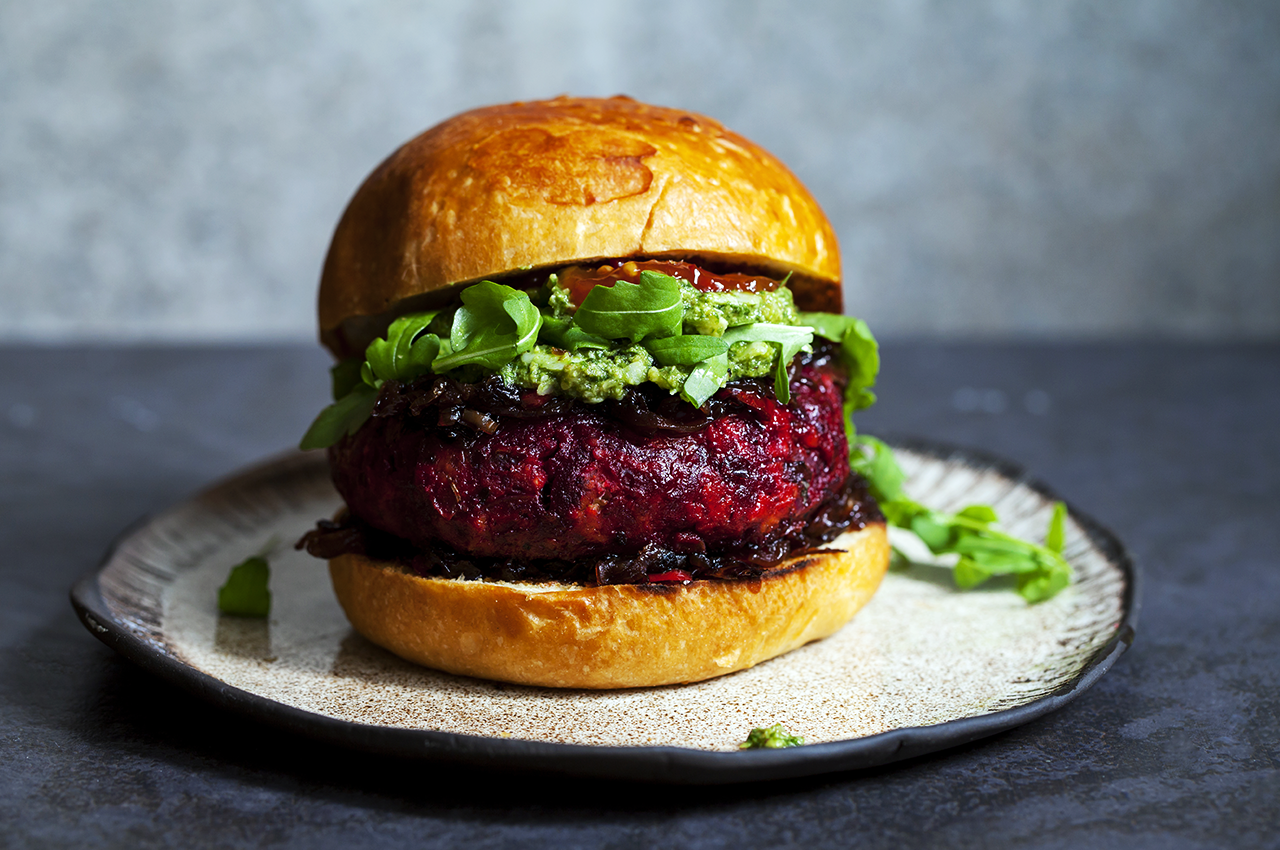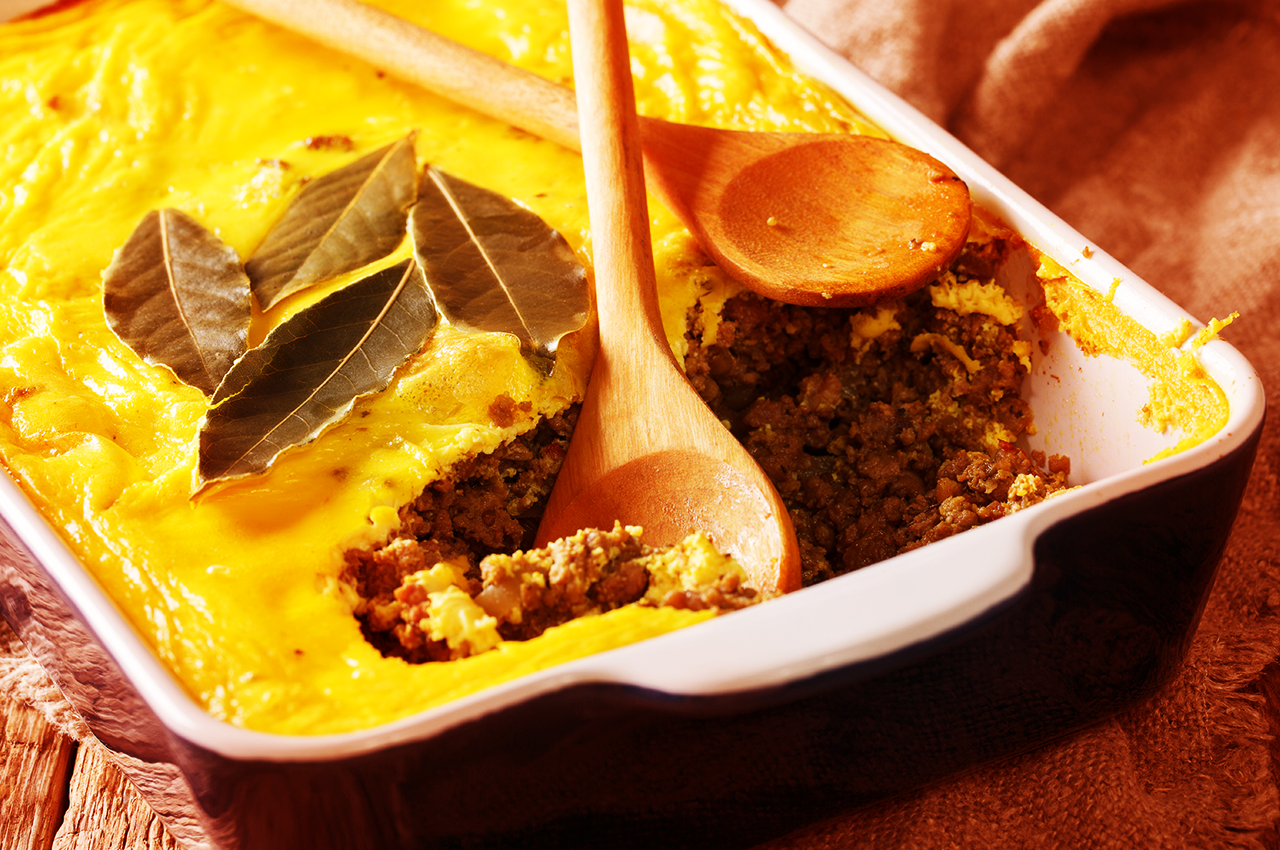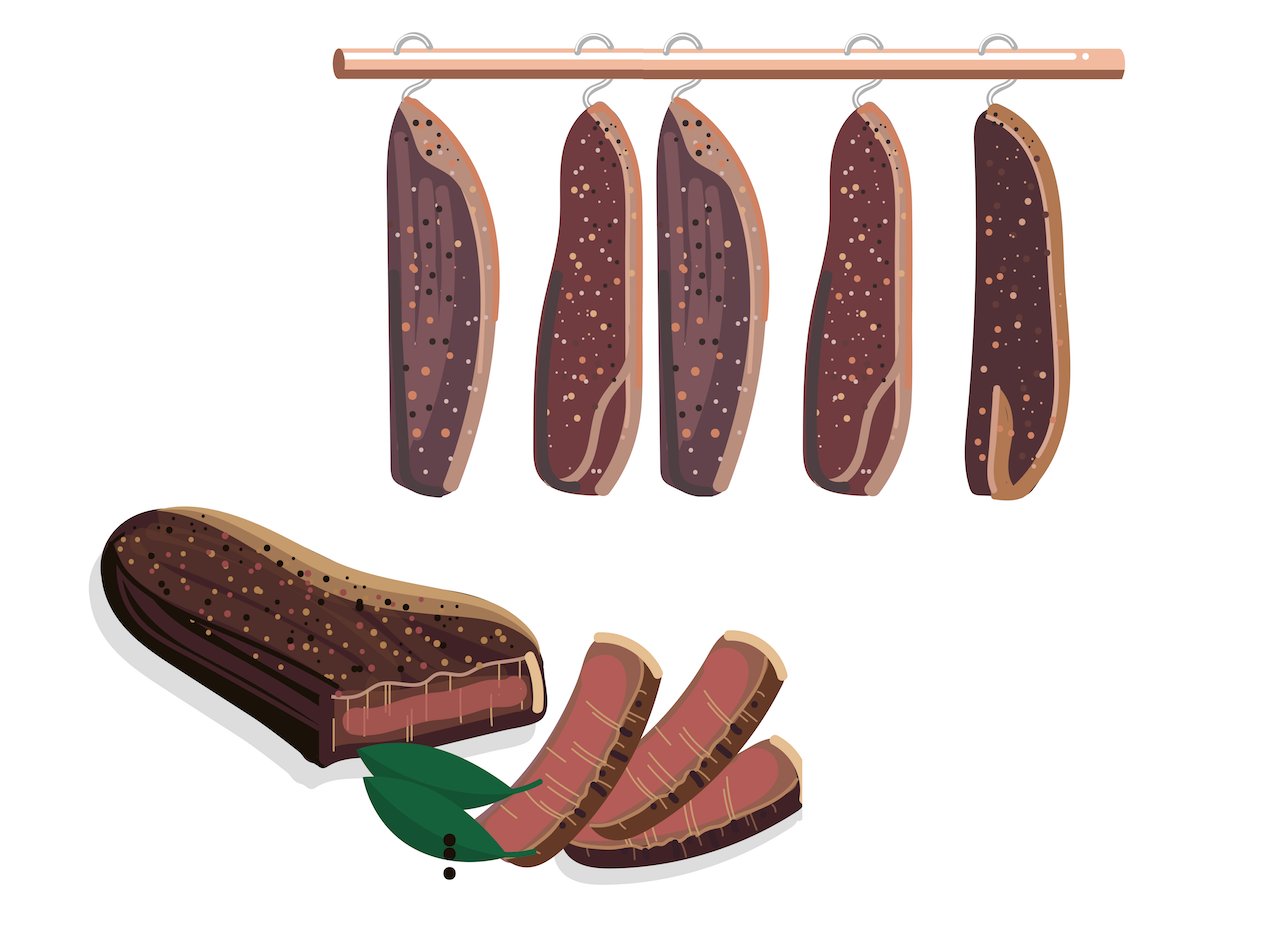Love the red meat, but want to cut down on your fat-intake? Then Ostrich meat is the way to go! Ostrich meat is low in fat, cholesterol and kilojoules, and it’s a great source of protein and iron. Just note – because it is so low in fat, ostrich meat needs to be cooked on a high heat for a short period of time, or it will become tough and dry.
Add a tossed salad on the side, and you have a tasty, healthy, protein-rich lunch tomorrow!
Ingredients:
- 4 ostrich fillets (100g each)
- ½ cup (125ml) hot chutney
- 2 tablespoons (30ml) red wine vinegar
- 1 teaspoon (5ml) dried chilli flakes
- Sea salt and black pepper to taste
- 2 tablespoons olive or canola oil
- Cashew Crunch:
- 100g cashew nuts
- 1 teaspoon (5ml) ground cumin
- 1 teaspoon ground coriander
- 1 teaspoon paprika
- ½ teaspoon (2ml) cayenne pepper
- 1 teaspoon sea salt
Directions:
- Cut the ostrich fillets into bite-sized cubes.
- Mix the chutney, vinegar and chilli flakes together and season with salt and pepper.
- Toss the ostrich cubes in the chutney mixture and marinate for 30 minutes.
- Heat half the olive oil in a frying pan, add the ingredients for the cashew crunch and gently fry until golden and crunchy.
- Combine the cashew crunch in a food processor
- Heat the remaining oil in a heavy based frying pan, fry the ostrich cubes and cook in batches on high heat, turning regularly. Don’t cook the meat for longer than 5 minutes.
- Serve immediately, with cashew crunch on the side.
Note: Make this into a meal by crusting the top of the steak with the crunch, increase the cooking time to 10 minutes and serve with sweet potato mash, wilted baby spinach and walnuts.

